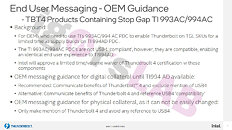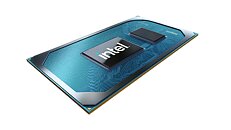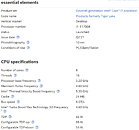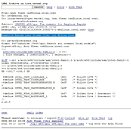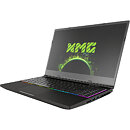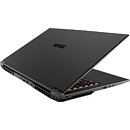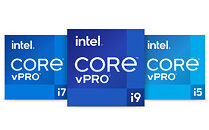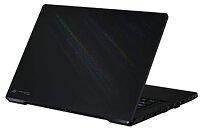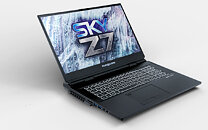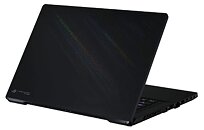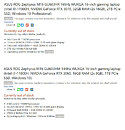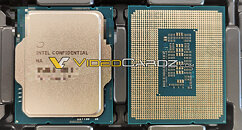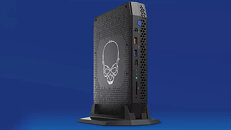Schenker Announces XMG Core M21 Gaming Laptop with Core i7-11800H and RTX 3060 and CPU Undervolting
Following the Intel versions of the high-end laptops from the NEO model series, XMG is also revamping the CORE 15 and CORE 17 from the upper mid-range performance sector. The discreetly elegant gaming notebooks combine Intel's Core i7-11800H with an NVIDIA GeForce RTX 3060 with maximum TGP. But the upgrade to the new Tiger Lake processors is not only accompanied by the transition to PCI Express 4.0 connections to the graphics card and M.2 SSD. The M21 model generation of the CORE laptops also integrates a Thunderbolt 4 connection for the first time and introduces extended options for CPU undervolting and memory tuning.
Just this January, XMG introduced the E21 model generation of its CORE laptops with NVIDIA's GeForce RTX 3060 and either AMD or Intel processors. Following the launch of the new 11th generation Core processors, the Intel-based versions of the XMG CORE 15 and CORE 17 (M21) now receive an update to the latest eight-core CPU i7-11800H. This is still accompanied by a GeForce RTX 3060 in the maximum configuration with a TGP of up to 130 watts, including 15 watts Dynamic Boost 2.0. A MUX switch allows NVIDIA Optimus to be disabled via the BIOS.
Just this January, XMG introduced the E21 model generation of its CORE laptops with NVIDIA's GeForce RTX 3060 and either AMD or Intel processors. Following the launch of the new 11th generation Core processors, the Intel-based versions of the XMG CORE 15 and CORE 17 (M21) now receive an update to the latest eight-core CPU i7-11800H. This is still accompanied by a GeForce RTX 3060 in the maximum configuration with a TGP of up to 130 watts, including 15 watts Dynamic Boost 2.0. A MUX switch allows NVIDIA Optimus to be disabled via the BIOS.



